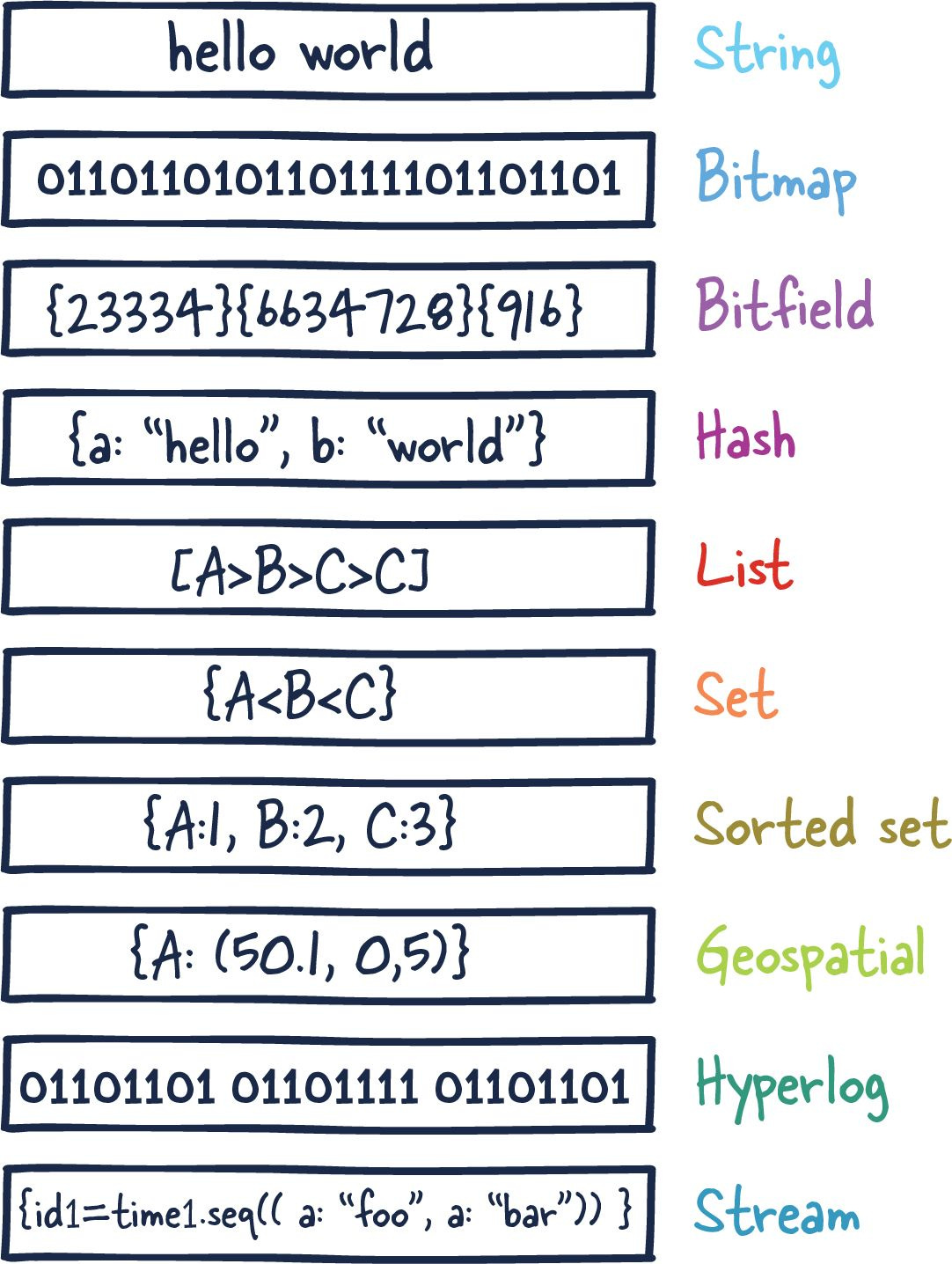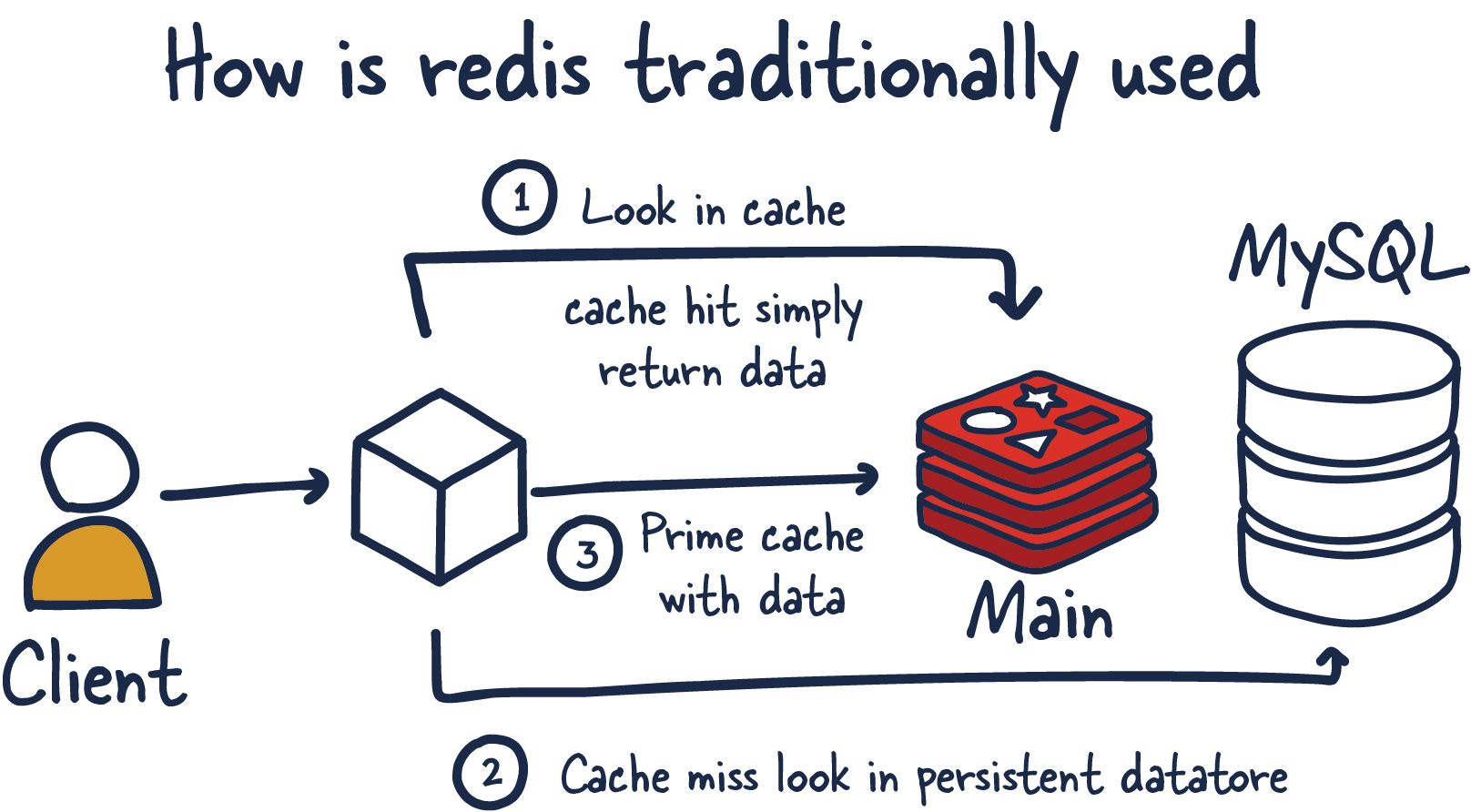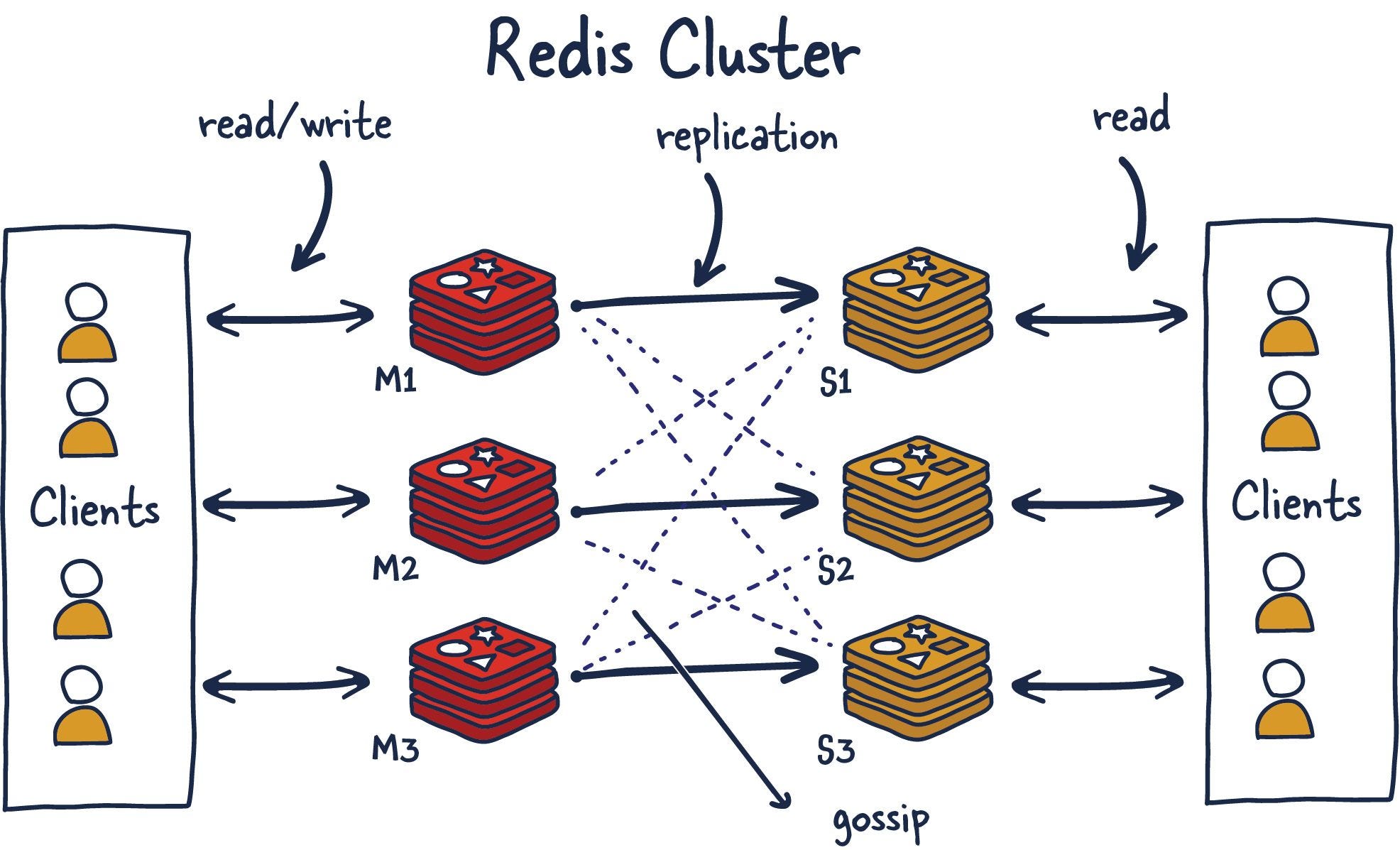Redis Insight is basically a fancy web interface for Redis that doesn't completely suck. Released in 2019, it's become the go-to GUI because frankly, the alternatives are either dead projects or have licensing weirdness.
The Browser - Works Great Until You Hit Scale
The main browser tool lets you look at your Redis data without typing KEYS * and immediately regretting your life choices. It handles all the Redis data types you actually use - strings, hashes, lists, sets, and that JSON stuff if you're using RedisJSON.
The namespace grouping is genuinely helpful when you're not using terrible key naming conventions. Filtering works as expected, and the formatters will save you from staring at hex dumps like it's 1995.
Reality check: The browser shits the bed on databases with millions of keys. I watched it choke for 5 minutes on a 3M key database before giving up and switching to Another Redis Desktop Manager. The analysis tool only samples 10,000 keys, so if you're running massive datasets, the "insights" are basically a Magic 8-Ball making shit up.
Version 2.68 had this lovely bug where it would freeze completely on any database over 500k keys. They "fixed" it in 2.70 by adding a warning dialog, but it still takes forever to load anything useful.
Workbench - Actually Useful Command Line
The Workbench thing is basically VS Code's Monaco editor bolted onto Redis, which sounds gimmicky but actually works pretty well. Autocomplete knows about your indexes and schemas, which is legitimately helpful when you're building complex queries.
The syntax highlighting saves you from typos, and command history means you don't have to retype that 50-character search query every time. If you're doing any serious Redis work beyond basic key-value operations, the Workbench is worth the download by itself.
Redis Copilot - AI That Doesn't Suck
Look, I was skeptical about the AI assistant too. Every vendor is cramming "AI" into their tools like it's 2018 and someone just discovered machine learning. But Redis Copilot actually works for two things:
- Building complex RediSearch queries in natural language (saves me from googling the syntax every damn time)
- Getting quick answers about Redis concepts without opening 15 documentation tabs
It understands your actual data structure, not just generic Redis commands. When you ask "find all users with expired sessions," it builds the right query for YOUR schema. I was surprised this actually worked.
The catch: It requires internet connectivity and sends your queries to their servers. If you're on a corporate network that blocks random API calls, you'll get a cryptic "AI service unavailable" error with zero useful debugging info. Air-gapped systems? You're fucked.
Oh, and version 2.69 had this fun bug where the AI would just return "Error: undefined" for two weeks until they pushed a hotfix. Classic Redis quality control.
Performance Tools - Good for Development, Useless for Production
The database analysis and profiler tools are decent for development work. Memory breakdowns help identify data structure inefficiencies, and the slow log integration saves you from SSH'ing into production boxes.
But here's the thing - you probably shouldn't be running GUI tools against production Redis instances anyway. The analysis adds CPU overhead and I've seen it cause BUSY errors when the server's already under load. I learned this the hard way when Redis Insight brought down our staging environment during a memory analysis on a 50GB dataset - took 3 hours to figure out what the hell happened because the error logs just said "connection timeout."
Latest version (2.70.1 as of July 2025) added connection tagging, which is actually helpful when you're juggling multiple Redis instances across environments. Small improvement, but at least they're listening to user feedback instead of just adding more enterprise features nobody asked for.
For serious production monitoring, use proper APM tools instead of relying on GUI analysis. Redis Insight is for development, not ops.









